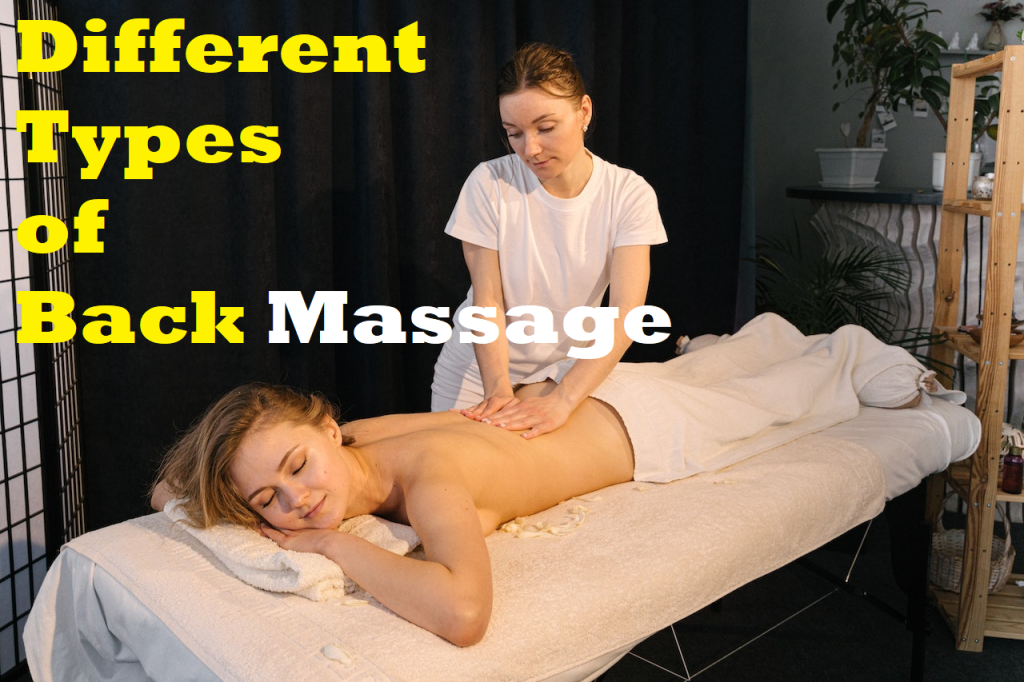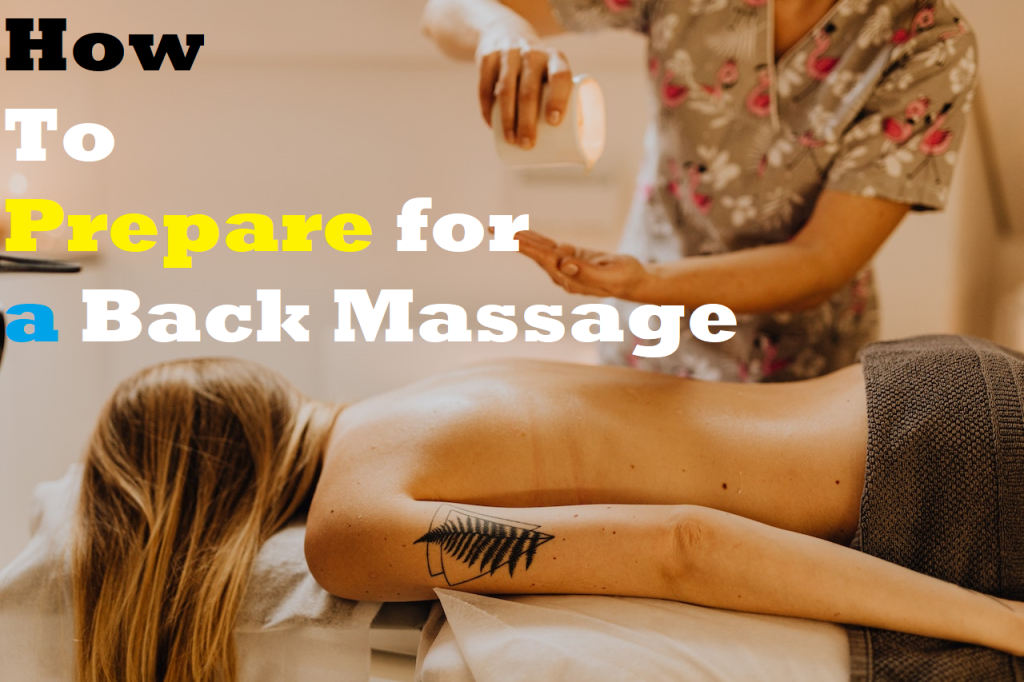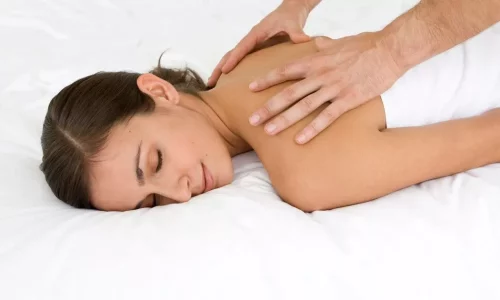Types of Back Massage
Discover the Perfect Technique for Your Well-Being
Are you seeking a rejuvenating experience to relieve tension and promote relaxation? Look no further than back massage. Back massage has gained popularity as a therapeutic practice that not only soothes sore muscles but also enhances overall well-being. In this article, we will explore the various types of back massage techniques available to help you make an informed choice that suits your needs.
Table of Contents
1. What is Back Massage?
Before delving into the different types of back massage, it’s essential to understand the concept behind this therapeutic practice. Back massage involves the manipulation of soft tissues, primarily muscles and connective tissues, through manual techniques. Skilled massage therapists apply pressure, kneading, and rubbing motions to alleviate muscle tension and induce relaxation.
2. Benefits of Back Massage
Back massage offers a multitude of benefits that extend beyond immediate relief. Let’s explore some of the advantages it brings to your physical and mental well-being.
2.1 Pain Relief
One of the primary reasons people seek back massage is to alleviate pain. Back massage helps in reducing muscle soreness, easing tension headaches, and relieving chronic pain conditions such as lower back pain.

2.2 Stress Reduction
Back massage acts as a natural stress reliever. It promotes the release of endorphins, known as the “feel-good” hormones, which helps combat stress, anxiety, and depression. The soothing touch and rhythmic motions of a massage session create a calming effect on both the body and mind.
2.3 Improved Circulation
Effective blood circulation is vital for maintaining optimal health. Back massage stimulates blood flow, allowing oxygen and nutrients to reach muscles and tissues more efficiently. Enhanced circulation helps in removing metabolic waste products and toxins from the body, promoting a healthier system overall.
2.4 Muscle Relaxation
Tight and tense muscles can restrict mobility and cause discomfort. Back massage aids in muscle relaxation by reducing muscle stiffness and promoting flexibility. It loosens knots and adhesions within the muscles, leading to increased range of motion and improved posture.
3. Different Types of Back Massage
Now that we understand the benefits of back massage let’s explore various techniques that cater to different needs and preferences.
3.1 Swedish Massage
Swedish massage is the most commonly known and widely practiced technique. It involves long, flowing strokes, kneading, and circular motions to promote relaxation, improve blood circulation, and relieve muscle tension.

3.2 Deep Tissue Massage
Deep tissue massage focuses on the deeper layers of muscle and connective tissue. This technique utilizes firm pressure and slow strokes to target specific areas, releasing chronic muscle tension and knots. Deep tissue massage is often sought by individuals with chronic pain or restricted mobility.
3.3 Hot Stone Massage
Hot stone massage incorporates smooth, heated stones placed strategically along the back. The therapist may also use these stones to apply gentle pressure and perform soothing strokes. This technique combines the benefits of heat therapy and massage, promoting deep relaxation and alleviating muscle tension.
3.4 Shiatsu Massage
Originating from Japan, Shiatsu massage involves applying rhythmic pressure with fingers, palms, or elbows along specific points on the body. This technique aims to restore the balance of energy within the body, promoting overall well-being and relieving muscle tension.
3.5 Thai Massage
Thai massage, also known as “Yoga massage,” combines acupressure, stretching, and assisted yoga poses. The therapist applies pressure along energy lines and guides the recipient into various stretches and postures. Thai massage improves flexibility, relieves muscle tension, and enhances overall energy flow.
4. Choosing the Right Type of Back Massage
To ensure the best experience and desired outcomes, it’s crucial to select the right type of back massage. Consider factors such as your specific goals, preferences, and any underlying health conditions. Consult with a qualified massage therapist who can guide you in choosing the technique that suits your needs.
5. How to Prepare for a Back Massage
To make the most of your back massage session, a few simple preparations can enhance your overall experience. Ensure you communicate your expectations and any specific concerns or areas of focus to the massage therapist. Additionally, arrive well-hydrated, wearing comfortable clothing, and allow yourself time to relax before the session.

6. What to Expect During a Back Massage
Understanding what to expect during a back massage can help alleviate any uncertainties or anxieties. Typically, you will be asked to lie on a comfortable massage table while the therapist applies appropriate techniques. The therapist may use massage oils or lotions to reduce friction and facilitate smooth movements. Communication is essential, so feel free to provide feedback or ask any questions during the session.
7. Aftercare Tips
After your back massage session, it’s essential to follow some aftercare tips to maximize the benefits and ensure your well-being. Stay hydrated, as massage can release toxins from the body. Take some time to relax and avoid strenuous activities immediately after the massage. Applying heat or cold packs to any sore areas can help alleviate residual discomfort.
Conclusion
Back massage offers a range of benefits, including pain relief, stress reduction, improved circulation, and muscle relaxation. With various techniques available, such as Swedish massage, deep tissue massage, hot stone massage, Shiatsu massage, and Thai massage, you can find the perfect option for your needs. Remember to consider your goals, preferences, and consult with a qualified massage therapist to ensure you choose the technique that suits you best.
FAQs
1. How often should I get a back massage?
The frequency of back massages depends on individual needs and preferences. Some individuals find monthly massages sufficient, while others may benefit from more frequent sessions. Consult with a massage therapist to determine the ideal frequency for your specific circumstances.
2. Are there any side effects of back massage?
Back massage is generally safe and well-tolerated. However, some individuals may experience temporary side effects such as soreness, fatigue, or mild bruising. These effects are usually mild and subside within a day or two.
3. Can anyone receive a back massage?
Most people can enjoy the benefits of back massage. However, individuals with certain medical conditions or injuries should consult with their healthcare provider before undergoing a massage. It’s important to inform the massage therapist about any health concerns or contraindications.
4. How long does a back massage session typically last?
The duration of a back massage session can vary depending on the technique, your preferences, and the therapist’s recommendations. Sessions typically range from 30 minutes to 90 minutes.
5. Can back massage help with posture improvement?
Yes, back massage can contribute to improved posture. By releasing muscle tension and promoting flexibility, massage therapy can aid in correcting postural imbalances and promoting better alignment.




